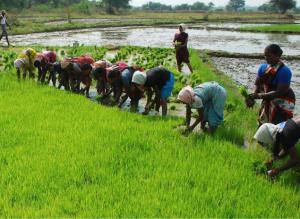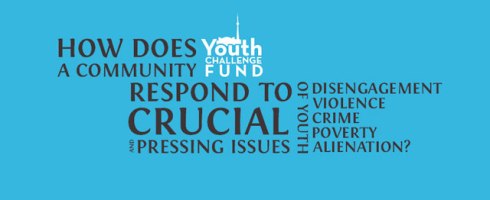P2P Foundation: ICT in Development
P2P Foundation stands for Peer to Peer Foundation. P2P Foundation is an international organization which encompasses education and development focusing on knowledge commons, and collaborative organization. P2P Foundation website has outlines and connection with ICT and development. Proven that it is has a tech savvy layout it has a clear, visual presentation to promote their project. I found myself to get a more concrete understanding of how ICT is incorporated with peer to peer development and related reports of open cooperative projects. Related to the course is the critical reflection that Benkler has outline that it is important ro recognize that information, knowledge, and culture are core inputs into human welfare (302); thus access to knowledge has become central to human development. Recognized throughout P2P Foundation is to collaborate with traditional orders with more cooperative social orders. Benkler highlights an individual and freedom having access to exchange information to a willing recipient (Benkler, 155). P2P Foundation goal is to create an information commons, which is to be extended and bring information together (P2P Foundation, 2012). Benkler also notes that the network information economy has now become much more able to articulate, exchange, and adopt data (Benkler, 300). The framework of P2P Foundation provides a space for possibilities of network communications. One does find that P2P Foundation creates a well-organized matrix to inspire the creation and linking of ideas together around topics of common interests.
Compiled from readings and videos posted on the course website, one would agree that the role of ICT in facilitating citizen actions and democracy has engaged and expand knowledge across different dimensions of studies. There are various citizen actions that get very little recognition in today’s media. However, with the help from social media such as Twitter, Facebook, and other medium of socialization; collaborated efforts of case studies are shared and citizens have their voices heard. Large disadvantaged regions of the world would utilize grassroots ICT as it is a cost effective way to respond to needs (Keniston, 2002). One would agree to Keniston’s argument that we have very little knowledge on the factors that make for the effectiveness or ineffectiveness of grassroots ICT projects in developing nations (Keniston, 2002). Benkler’s paper has outline, that with devices like computers and mobile phones which can allow for collaboration and interconnected of companies and worldwide networks; can publicly create accessible knowledge transfers (Benkler, 2006). One would agree that relationship with ICT projects that allow for global networking would expand knowledge and organize efficient development structures for opportunities. In one’s view, the community collaboration of P2P Foundation produces knowledge in various forms of openness to inspire new perspectives on development issues. Referred to Leslie Chan’s reading in Week 8; growth and understanding coming from local knowledge; is much better than knowledge being imported or imposed on from the foreigners (2008). P2P Foundation allows users to access, participate, and collaborate with various topics; and overcome the barriers in non-market social production. To conclude, one would find that P2P Foundation is a great tool to collaborate and expand knowledge on the level of openness. Data is to be freely edited, to ensure that information can produce a social model and framework to share with others.
Reference:
Benkler, Y. (2006). The Wealth of Networks: How Social Production Transform Markets and Freedom. Yale University Press: New Haven and London.
Keniston, K. (2002). Grassroots ICT Projects in India: Some Preliminary Hypotheses. ASCI Journal of Management. 31(1), 1-9. Retrieved from http://stuff.mit.edu:8001/people/kken/PDF/ASCI_Journal_Intro__ASCI_version_.pdf
Aigrain, P., Chan, L., Guedon, J.C., Willinsky, J., Benkler, Y. (2008). The Wealth of Networks. Public Futures in Education. 6(2), Retrieved from http://www.wwwords.co.uk/pdf/validate.asp?j=pfie&vol=6&issue=2&year=2008&article=1_Symposium_PFIE_6_2_web
P2P Foundation. (2012). Peer to Peer Foundation. Retrieved from http://p2pfoundation.net/Main_Page





